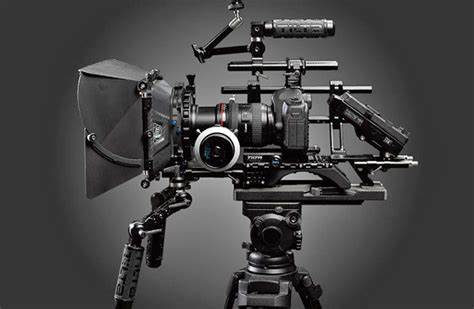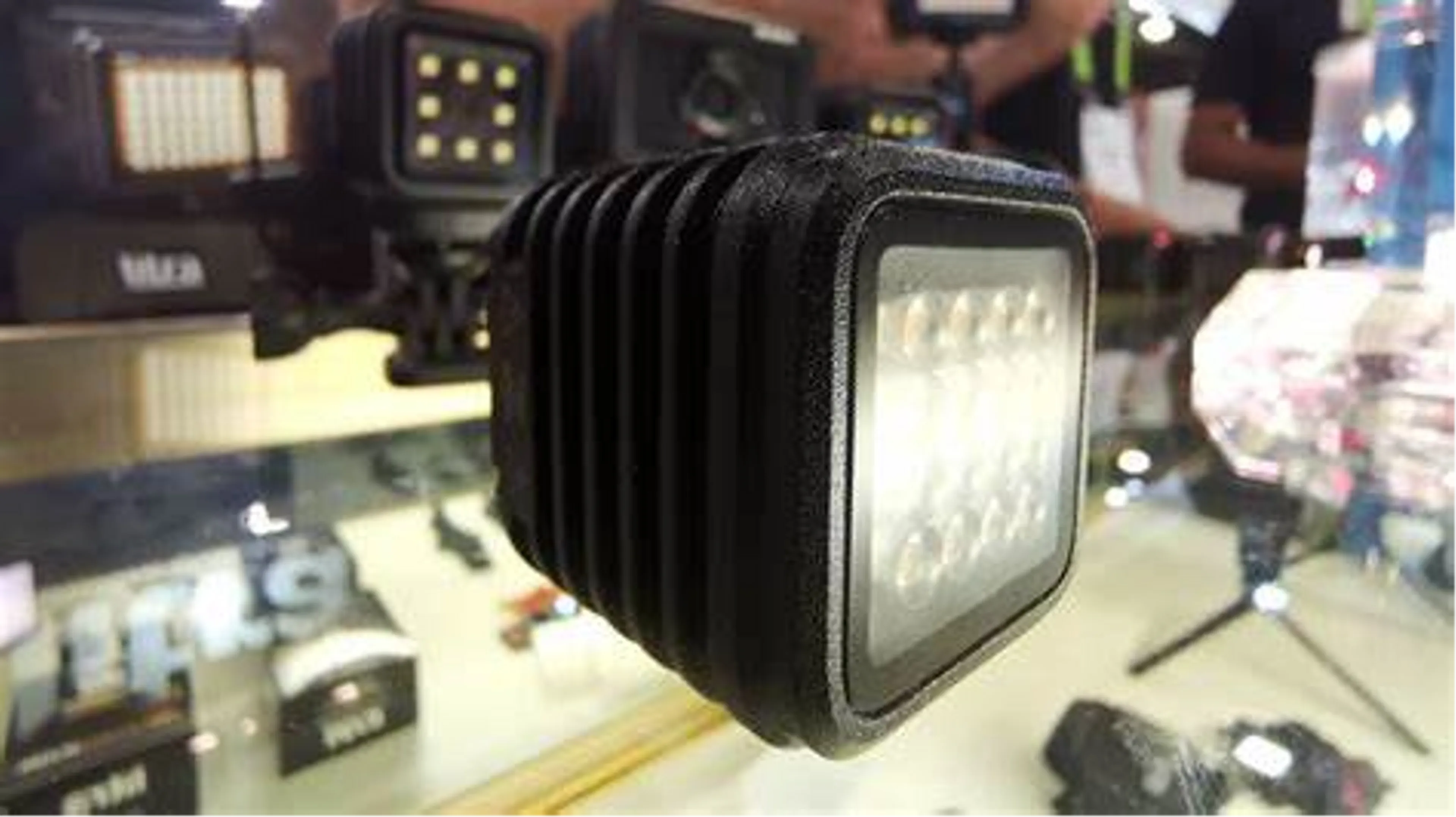The world of camera design is in a perpetual state of evolution, with each passing year bringing forth innovative breakthroughs that redefine the boundaries of imaging technology. From mirrorless marvels to cutting-edge computational photography, the latest innovations in camera design are reshaping how we capture and experience the visual world.
Mirrorless Revolution:
One of the most transformative recent innovations is the rise of mirrorless cameras. By eliminating the traditional mirror and pentaprism mechanisms found in DSLRs, mirrorless cameras achieve a compact and lightweight form factor without compromising image quality. These cameras offer features such as real-time electronic viewfinders, fast autofocus systems, and seamless integration with digital imaging.
Sensor Advancements:
Sensors lie at the heart of camera design, and recent years have witnessed remarkable advancements. Back-illuminated sensors enhance low-light performance, delivering cleaner images with reduced noise. Larger sensors, including full-frame and medium format options, capture more detail and provide improved dynamic range, making them increasingly accessible to a wider range of photographers.

AI and Computational Photography:
Artificial intelligence (AI) and computational photography have revolutionized how cameras process images. AI-driven features such as scene recognition, subject tracking, and automatic adjustments optimize settings in real time, ensuring optimal results even for beginners. Computational techniques are employed to merge multiple exposures, reduce noise, and enhance details, resulting in stunning images straight out of the camera.
Innovative Autofocus Systems:
Autofocus systems continue to evolve, offering faster and more accurate performance. Hybrid systems combine phase-detection and contrast-detection autofocus for improved tracking of moving subjects. Eye and face detection technology ensures precise focus on human subjects, while some cameras extend these capabilities to animals, enabling captivating wildlife and pet photography.
Versatile Lens Systems:
Camera manufacturers are introducing versatile lens systems that cater to a wide range of photographic styles. High-quality prime and zoom lenses with wide apertures enable stunning portrait and low-light photography. Specialized lenses, such as ultra-wide and macro options, provide creative flexibility, while telephoto lenses with advanced stabilization systems excel in capturing distant subjects.
Connectivity and Workflow:
Modern camera design incorporates seamless connectivity features that enhance the workflow of photographers. Wi-Fi, Bluetooth, and NFC enable instant image transfer to mobile devices, facilitating quick sharing and remote control. Touchscreen interfaces and intuitive menu systems streamline navigation and customization, allowing photographers to focus on capturing the moment.
Durability and Weather Resistance:
Camera manufacturers are placing an emphasis on durability and weather resistance. Robust build materials, reinforced seals, and ergonomic designs ensure that cameras can withstand various environmental conditions, providing photographers with the confidence to explore and shoot in diverse settings.
Environmental Considerations:
Sustainable design practices are gaining prominence in camera development. Manufacturers are prioritizing energy efficiency, recyclability, and reduction of harmful materials in their products. This eco-conscious approach not only contributes to a greener future but also aligns with the values of environmentally conscious photographers.
Future Prospects and Beyond:
The landscape of camera design is marked by a spirit of continuous innovation. As technology advances, future prospects include enhanced sensor technologies, more sophisticated AI-driven features, and even greater integration between hardware and software. Camera design is not just about capturing images; it's about pushing the boundaries of what's possible and empowering photographers to express their creativity.
Conclusion:
The latest innovations in camera design are a testament to human ingenuity and the relentless pursuit of perfection in capturing visual moments. As cameras continue to evolve, photographers are armed with tools that empower them to push their creative boundaries, capture breathtaking imagery, and share their unique perspectives with the world in ways that were once only imagined.
